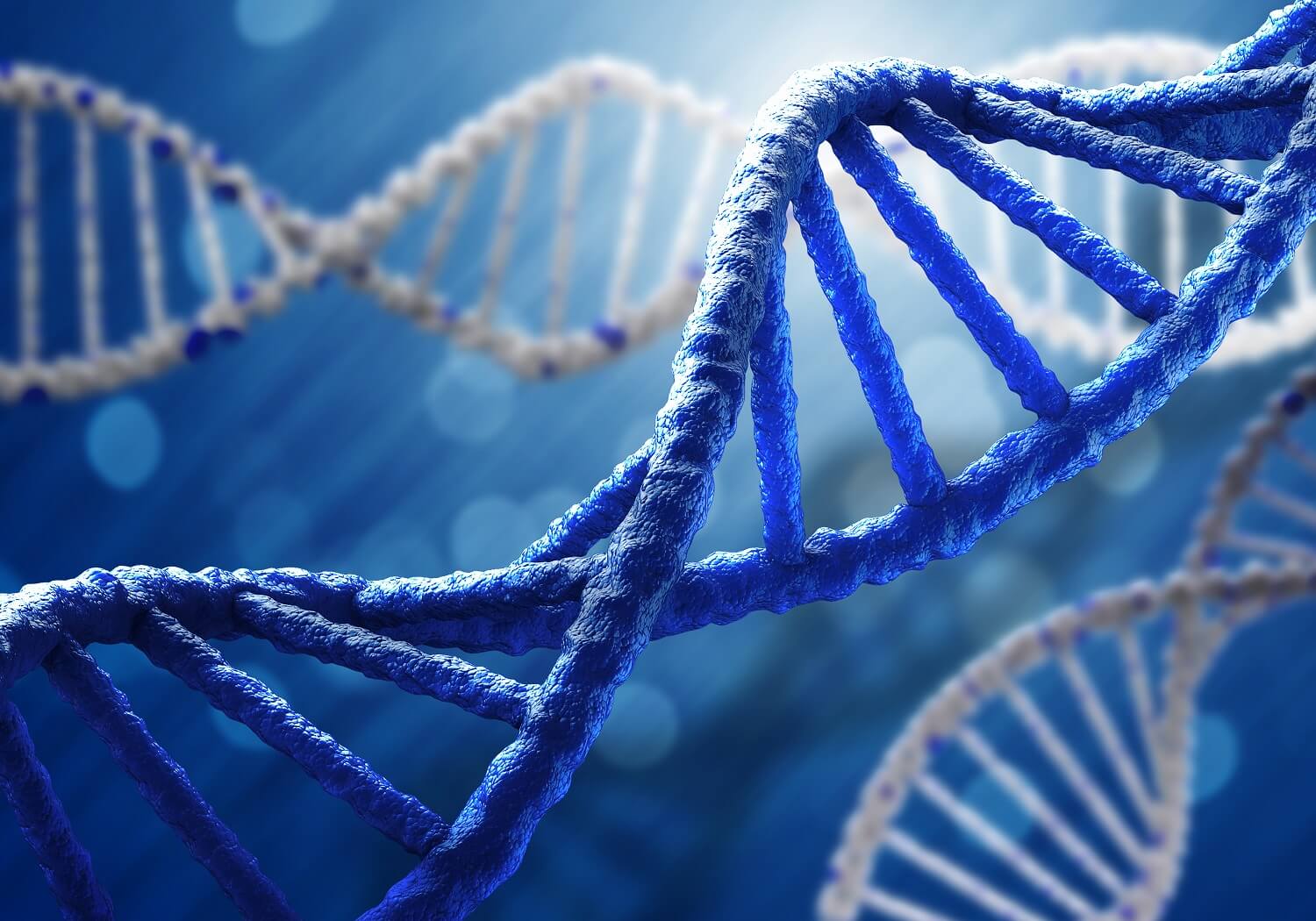Meet Denis Kutnjak, National Institute of Biology (NIB)
“We are using next generation sequencing to search for new viruses or discover the viruses which we don’t expect in plants.“
KLEMEN: Hello Splice, I am here with Denis Kutnjak from the National Institute of Biology (NIB). Denis is an expert in next generation sequencing (NGS) and has been using a lot of different techniques in the past years. Hi Denis.
DENIS: Hello.
KLEMEN: Can you tell us what have you been using, what kind of technologies, what kind of applications in your NGS studies?
DENIS: At our department we have applied NGS techniques to study viruses. We are mostly using Illumina sequencing and specifically right now we are using a lot of small RNA sequencing but we have also made some total RNA sequencing, also on Illumina. We also use Ion Torrent and we have played around a little bit also with Oxford Nanopore Technologies in some trials. The applications are going in two directions. First, we are trying to use next generation sequencing to search for new viruses or discover the viruses which we don’t expect in plants. This in practice means that you can get a plant with a symptom, you can try different targeted diagnostic techniques on these samples and if you don’t find any virus, but you still think that virus should be present because the symptoms show that it is probably viral infection, then you can use NGS as untargeted technique to search for viruses. The second part of application is what is for me the most interesting and what is also the topic of my PhD. This is using NGS to look really deep into the diversity of the virus within a host and to search for mutations to characterize mutational spectra of the viruses and in this way tell something about the evolution of the viruses in plants.
KLEMEN: Going to the technology of NGS. You’ve used a lot of different technologies and there a lot of new companies coming up, there are some old companies that went into NGS and went out. Which technology you think has the brightest future or in other words in the next five or ten years, where is NGS going?
DENIS: Yes, I think this is probably a hard question to answer it really straightforward because as most of the people probably know, the field is changing so rapidly that it is hard to tell what will happen, maybe in five years yes but in ten years probably quite impossible. At the moment probably Illumina is the one who has the biggest part on the market because of the really low error rate which you can achieve and really cheap prices for a base. There are also new emerging technologies which can probably do something crazy and come up as a main player. One example, as I mentioned, is Oxford Nanopore Technologies. At the moment Oxford Nanopore Technologies is probably in the first stages of real commercial use. We’ve tried using it to sequence some viruses just at the beginning of their test program and we had some problems because the technology is not yet as developed as the other ones. But we could get some useful data from this and as I can see probably already now the protocols changed, so the error rate is lower and the reliability is higher. So, already now the technology is quickly adapting. Probably in a few years, if it goes this way, it will be a technology used maybe by a lot of people.
KLEMEN: Oxford Nanopore Technologies does single molecule NGS, right? What are the benefits of single molecule NGS?
DENIS: Probably the best thing which I can see here is that you can sequence really long DNA molecules. That means that you will have a lot of work in assembling short pieces like in other technologies. You can come across really difficult regions of the genome which are not really good sequenced with other technologies. And the other thing is that you can distinguish between different variance of really similar DNA molecules within an organism or in the environment.

DENIS: I think probably yes in the future, in the near future we will be able to buy an USB stick but the problem is if we will be able to use it properly. Even though the device is really small, looks really simple and it’s really an USB stick, you still have to prepare the library for sequencing and the library preparation is really similar to other kind of library preparations for Illumina for example. I mean similar in the complexity, it is different in the type of the things you do but it is similar in complexity at the moment. But I am sure that this is something they are looking into, because if you have such a simple looking device the next step for sure is to simplify the library prep and I guess they will do it. They will find some ways how to simplify this and for sure it will be much simpler than now to prepare a sample from the beginning; from the sampling to the sequencing. But still I guess for years we will need some biological knowledge and somebody who knows how to handle the pipettes properly to prepare the sample for sequencing.
KLEMEN: Right, so that was Denis from National Institute of Biology. Thank you Denis.
DENIS: Thank you.











